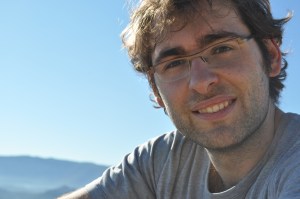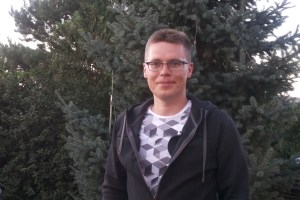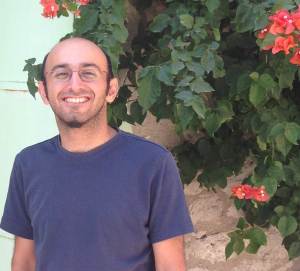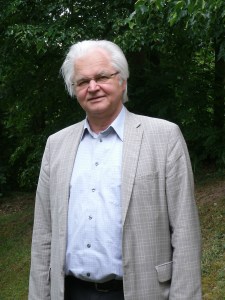Read the full article for free* in Classical and Quantum Gravity:
Slowly rotating anisotropic neutron stars in general relativity and scalar-tensor theory
Hector O Silva, Caio F B Macedo, Emanuele Berti and Luís C B Crispino 2015 Class. Quantum Grav. 32 145008
arXiv:1411.6286
*until 21/10/15

Hector O. Silva (right) is a graduate student of Professor Emanuele Berti (left) in the gravity group at the University of Mississippi (USA).
This is a time for celebration for anyone with even a passing interest in gravity. Einstein’s general theory of relativity is turning 100, Advanced LIGO started the first observing run on September 18, and LISA Pathfinder is scheduled to launch in the Fall. While we celebrate the centenary of general relativity, we should also remember that there are many good reasons why the theory may well require modifications. Cosmological observations indicate that most of the Continue reading










You must be logged in to post a comment.